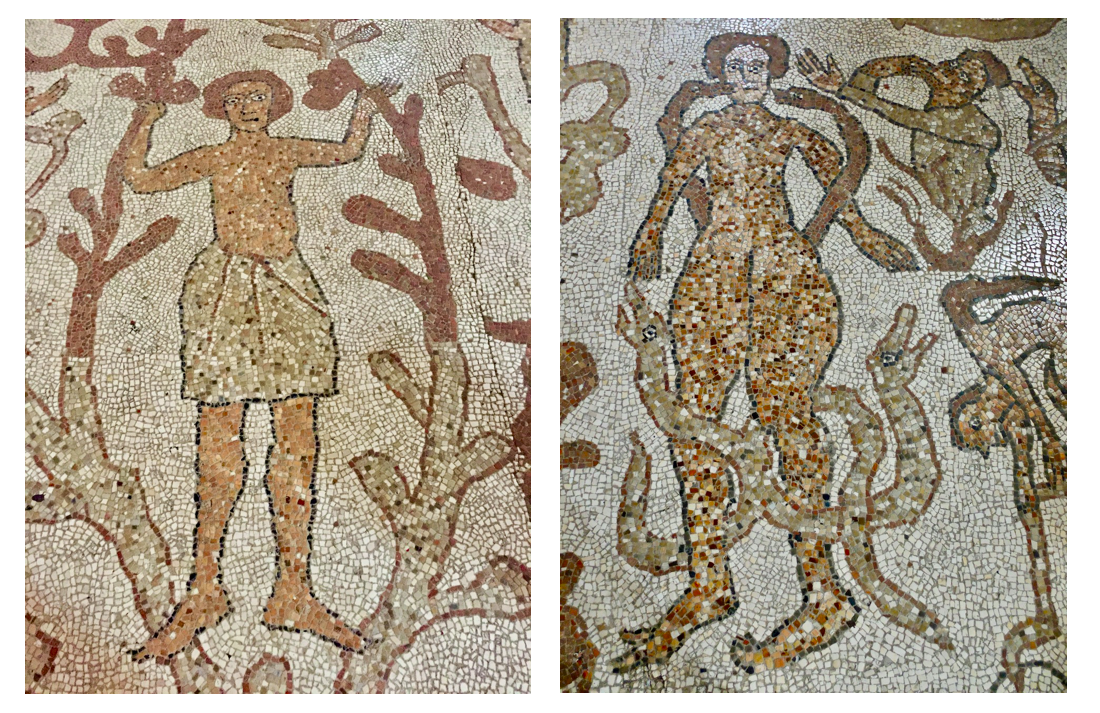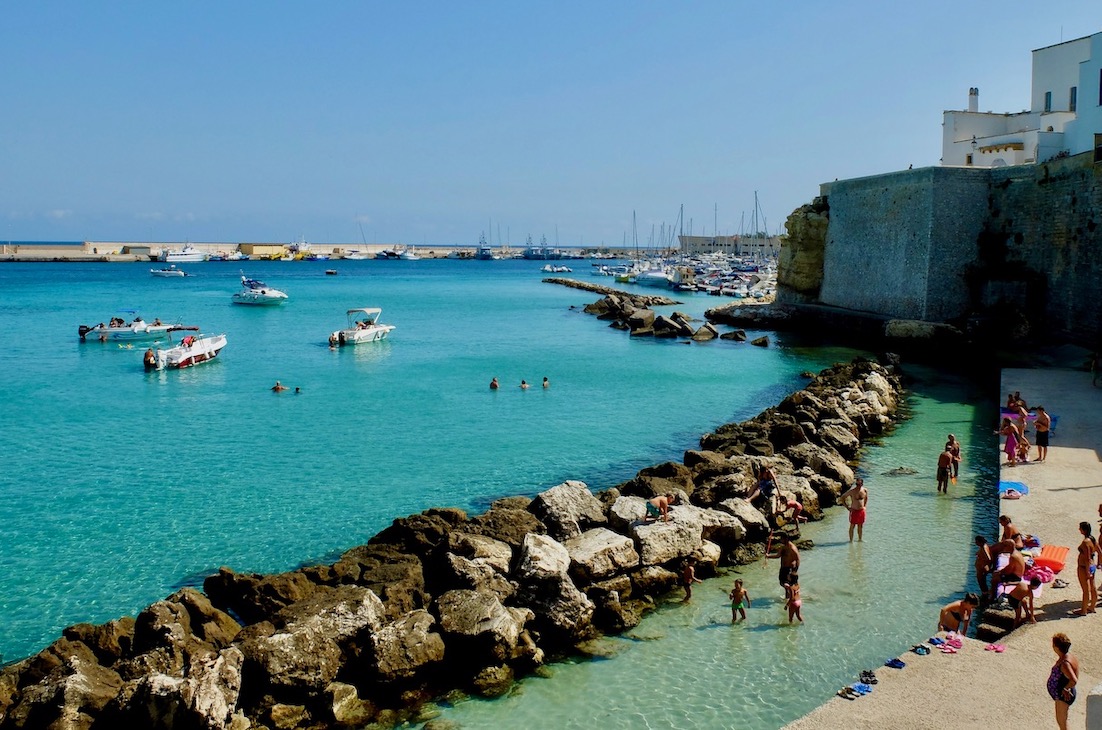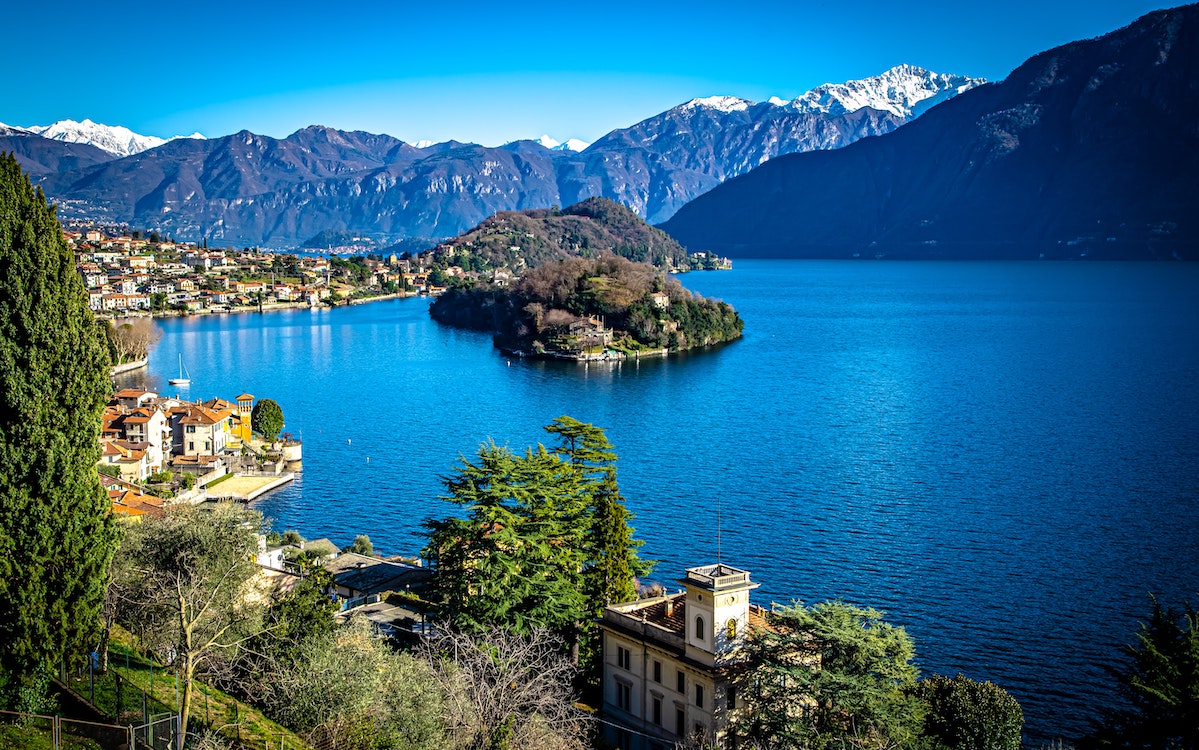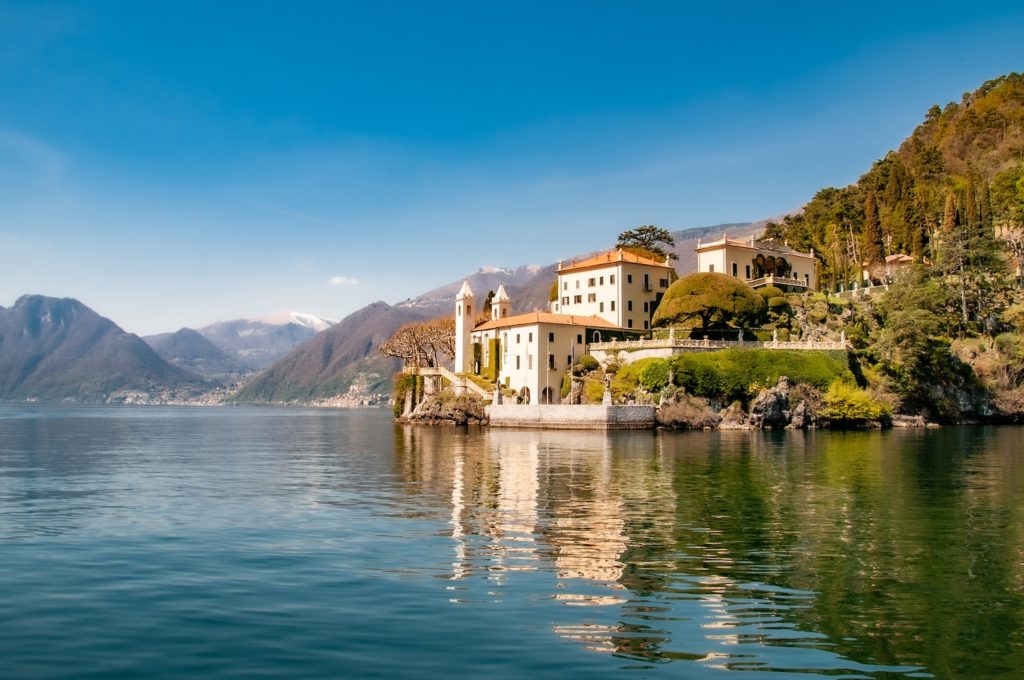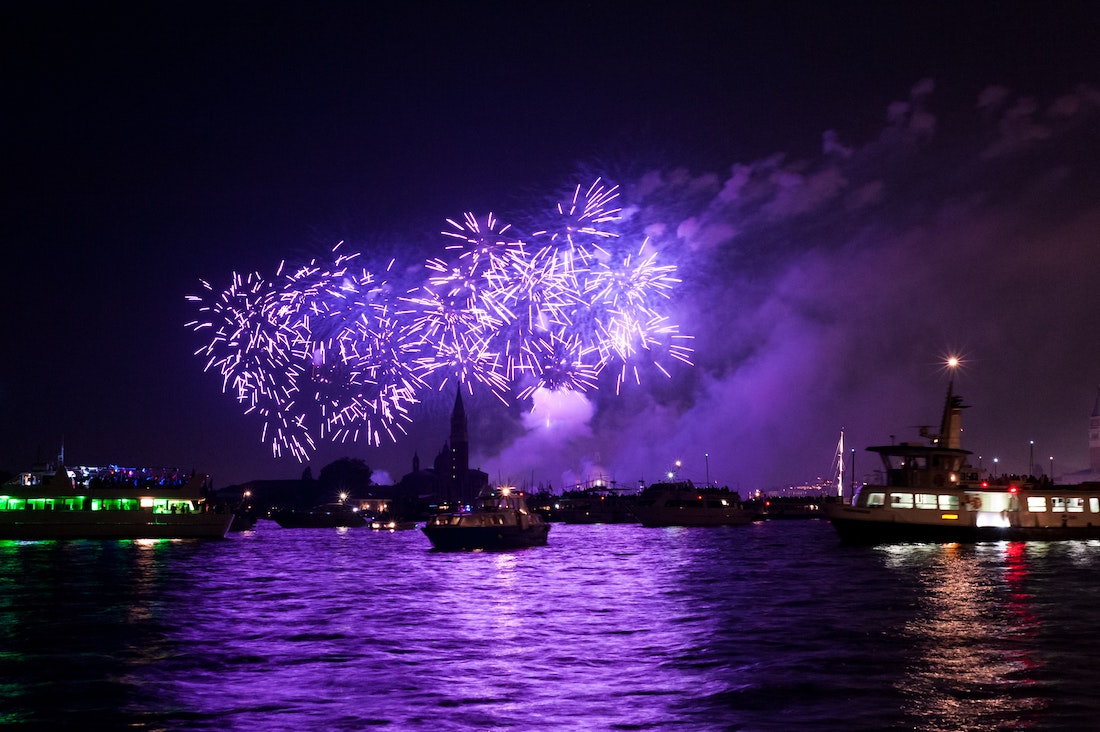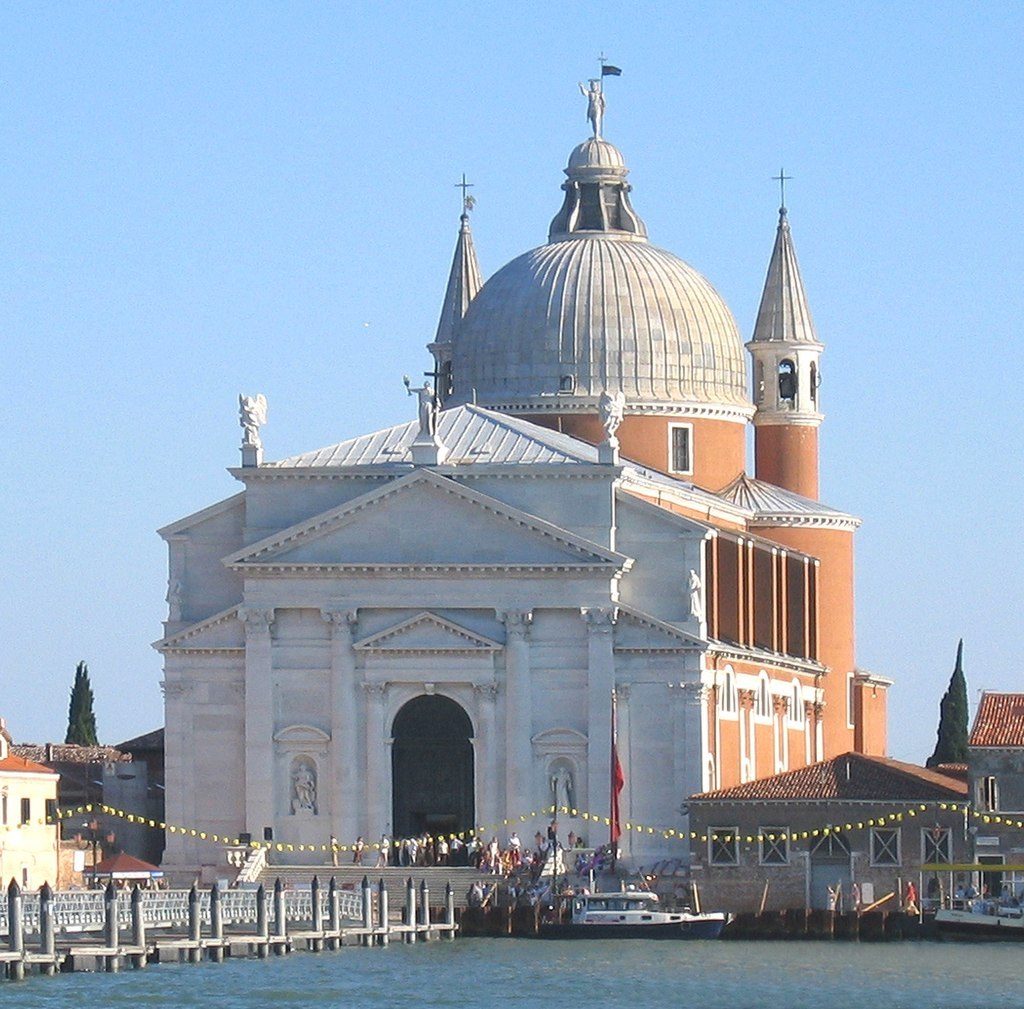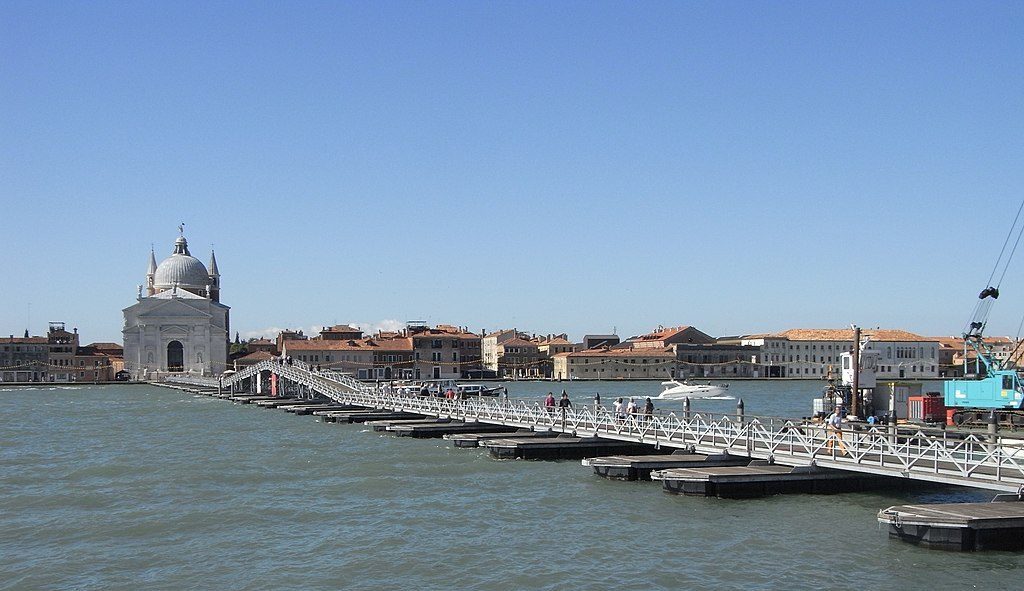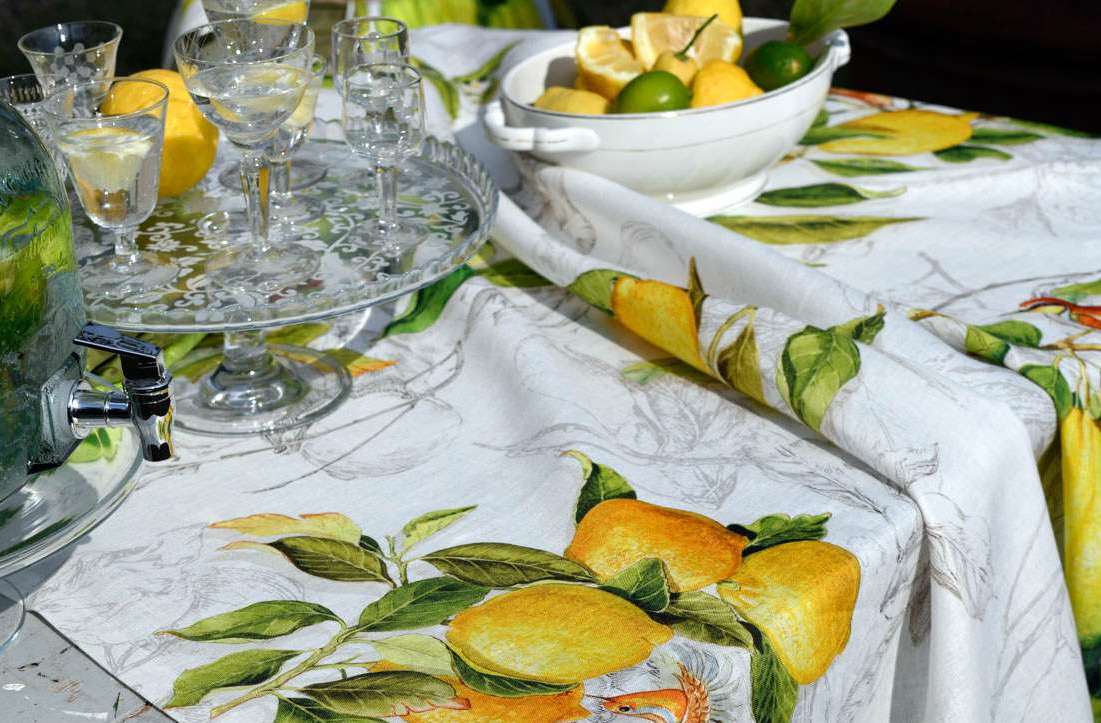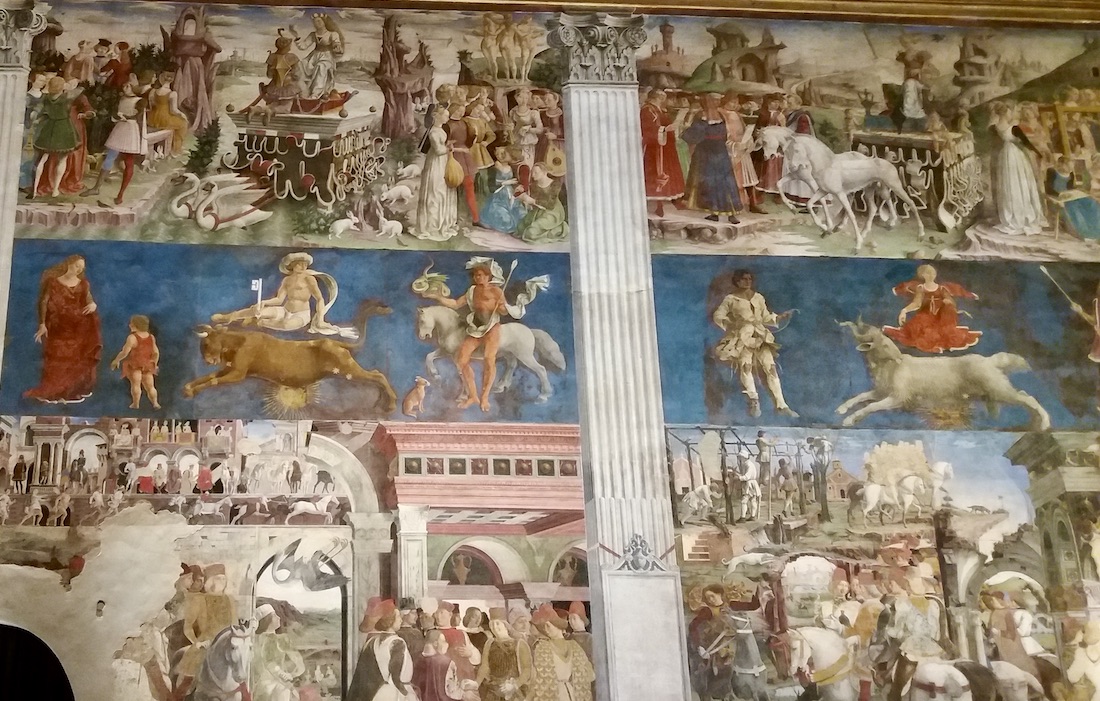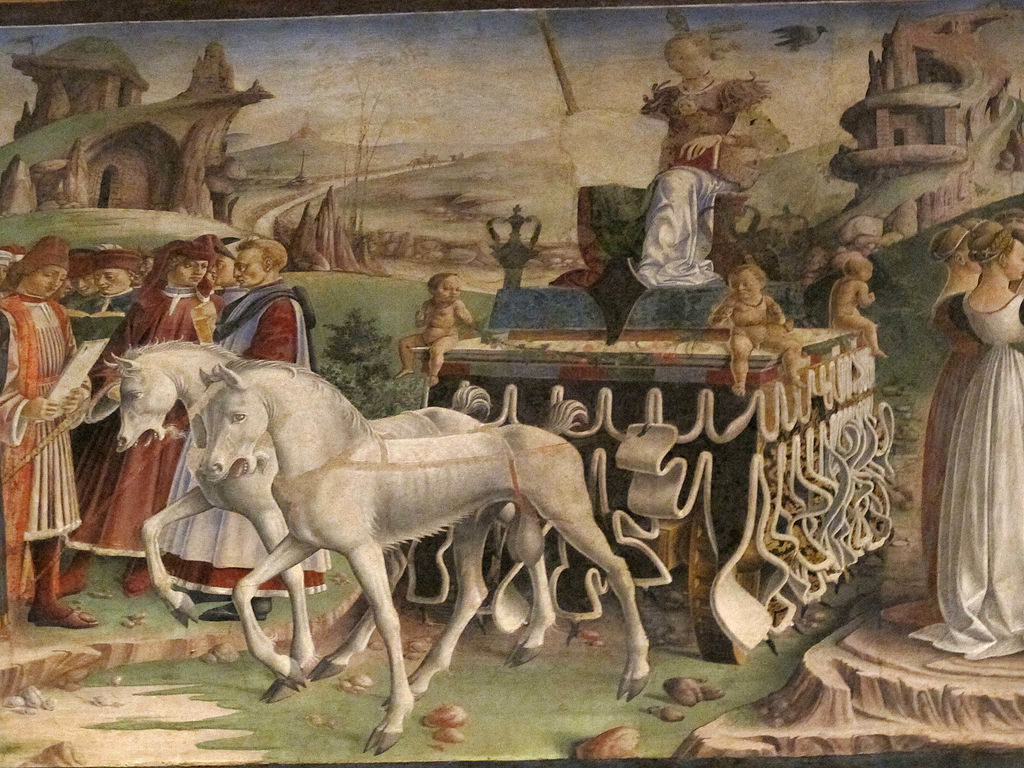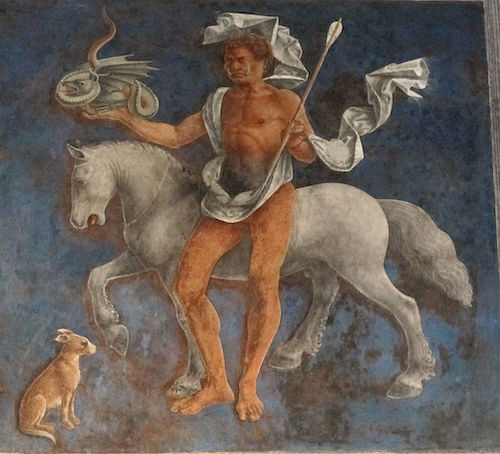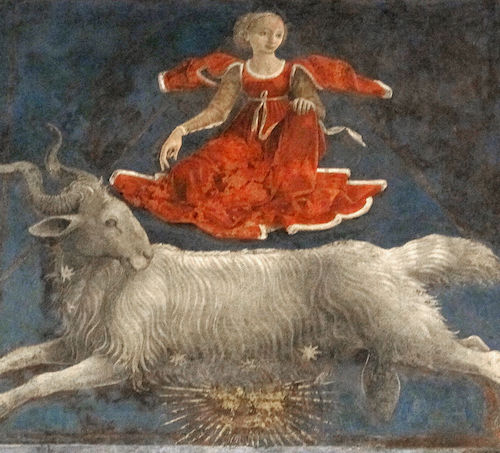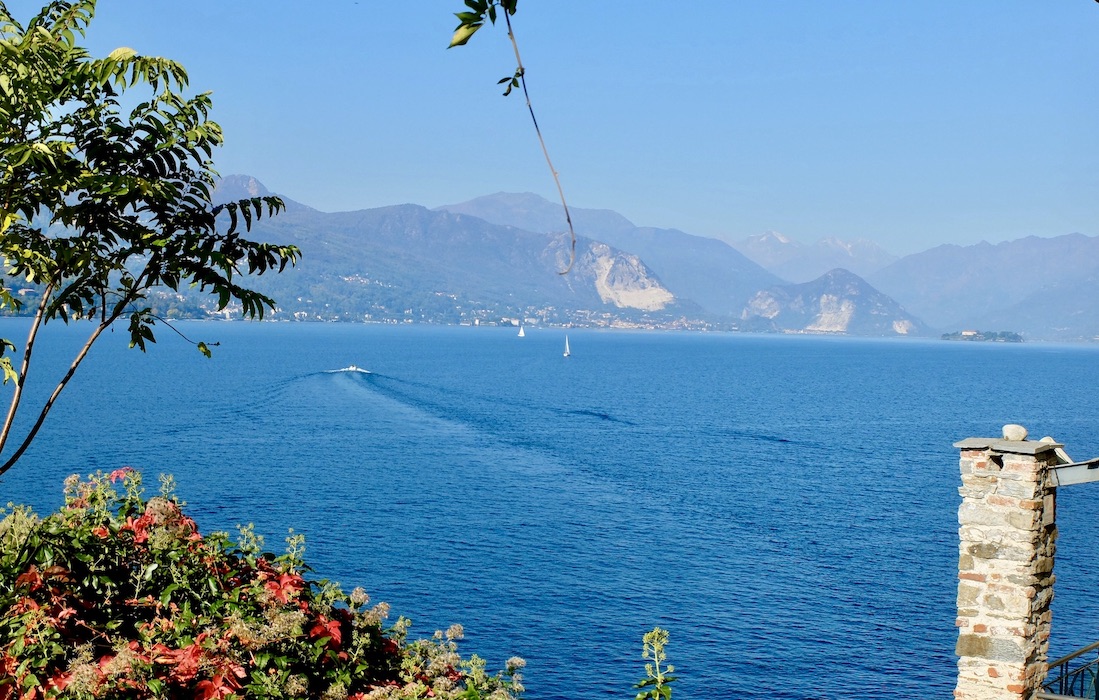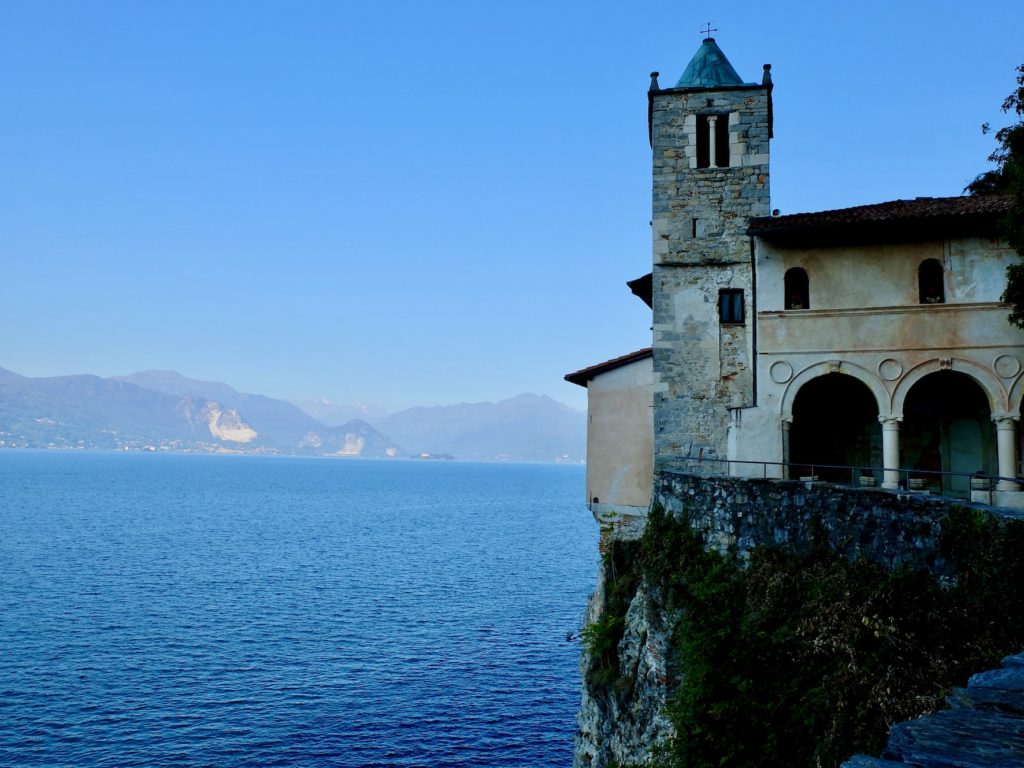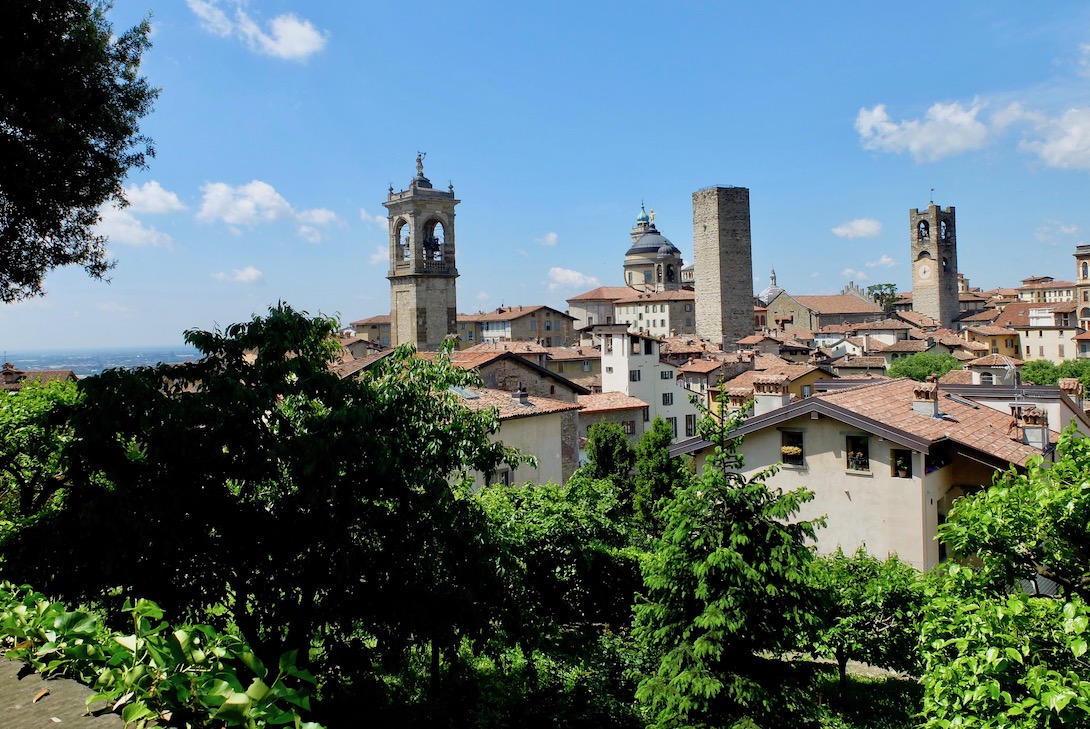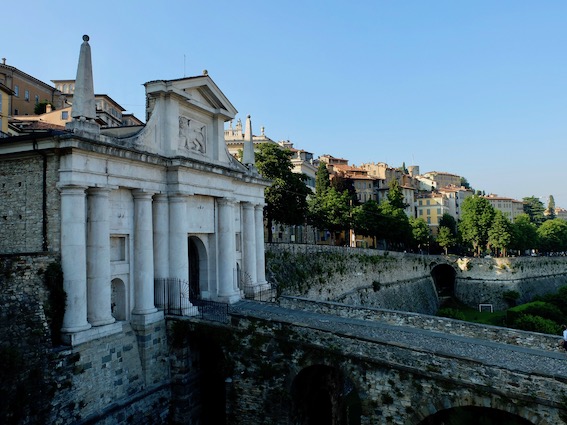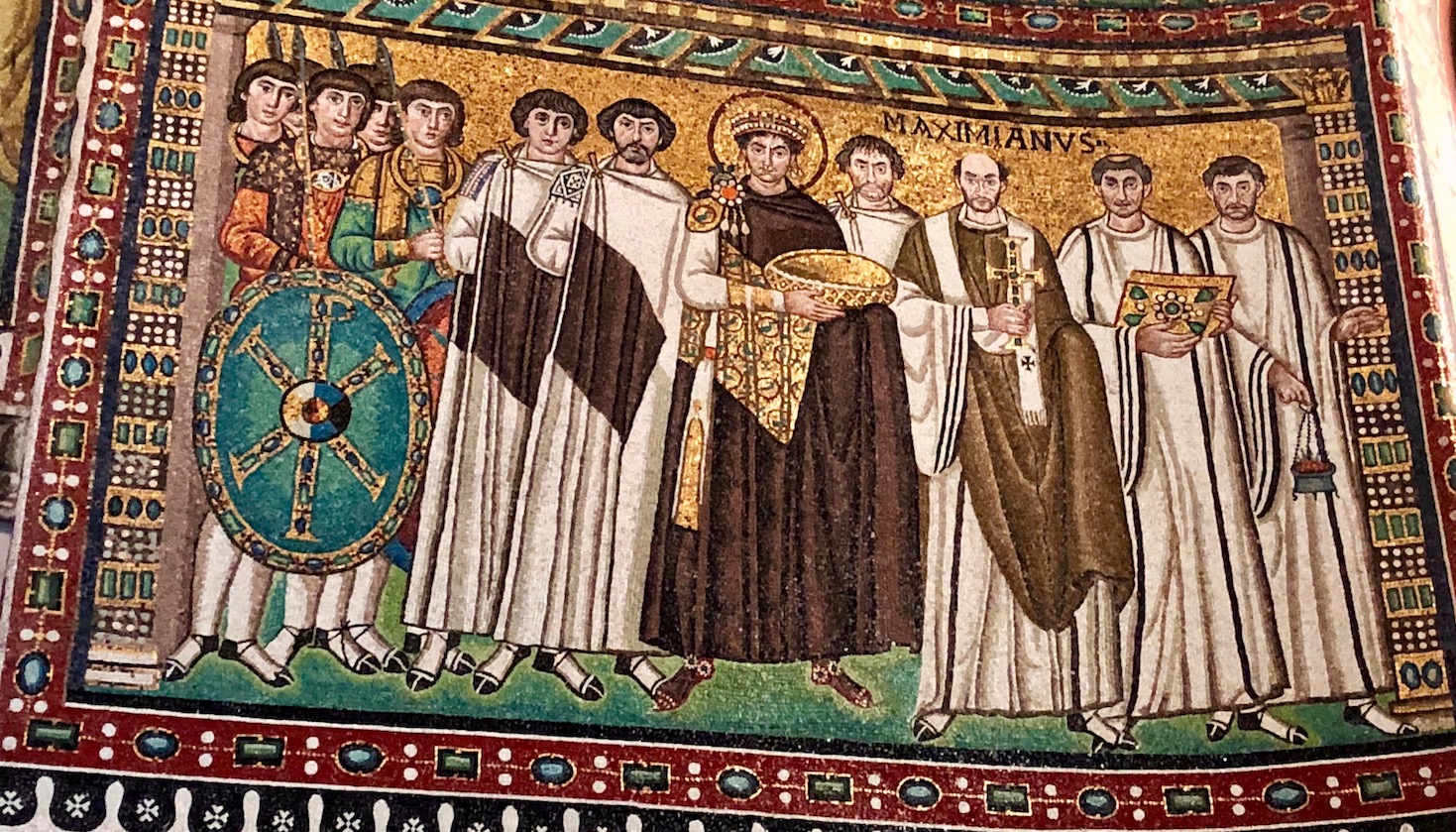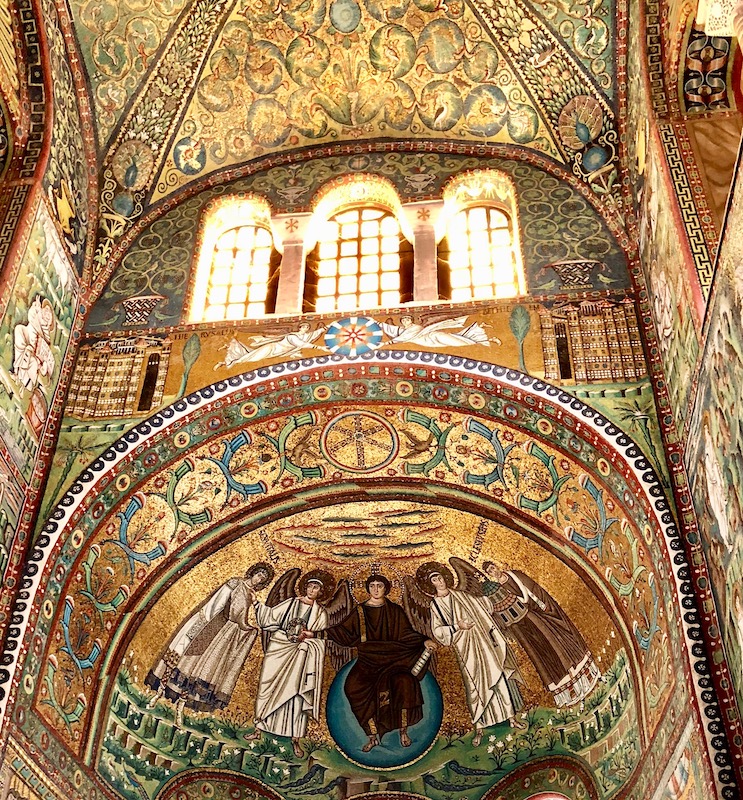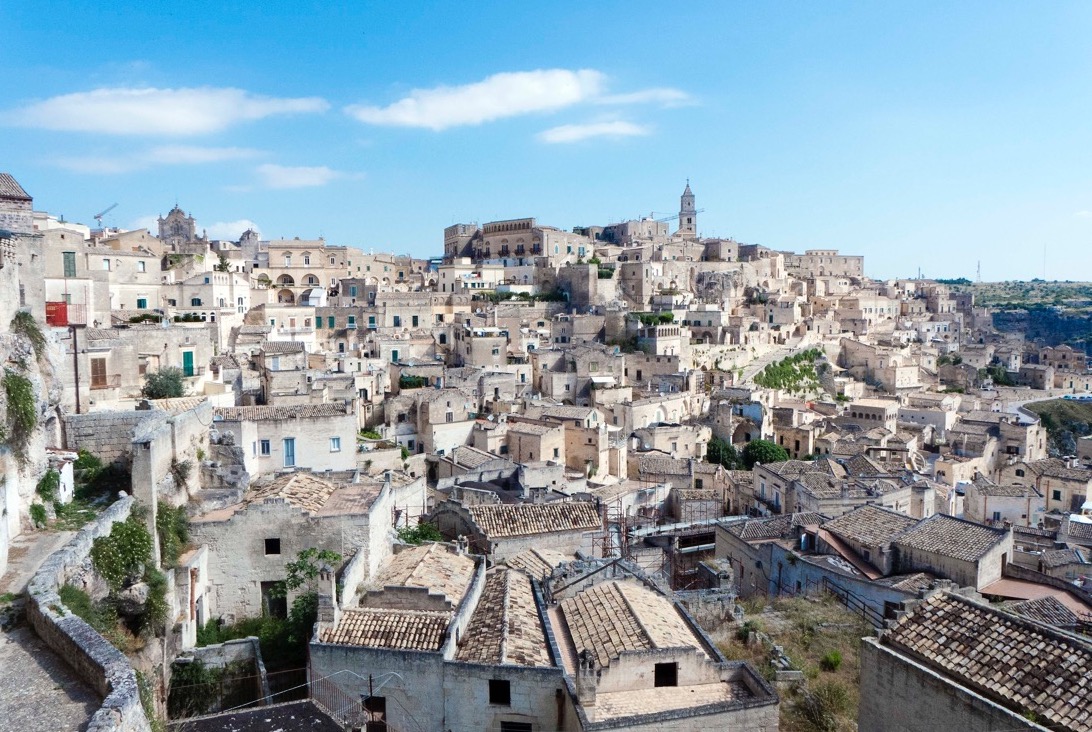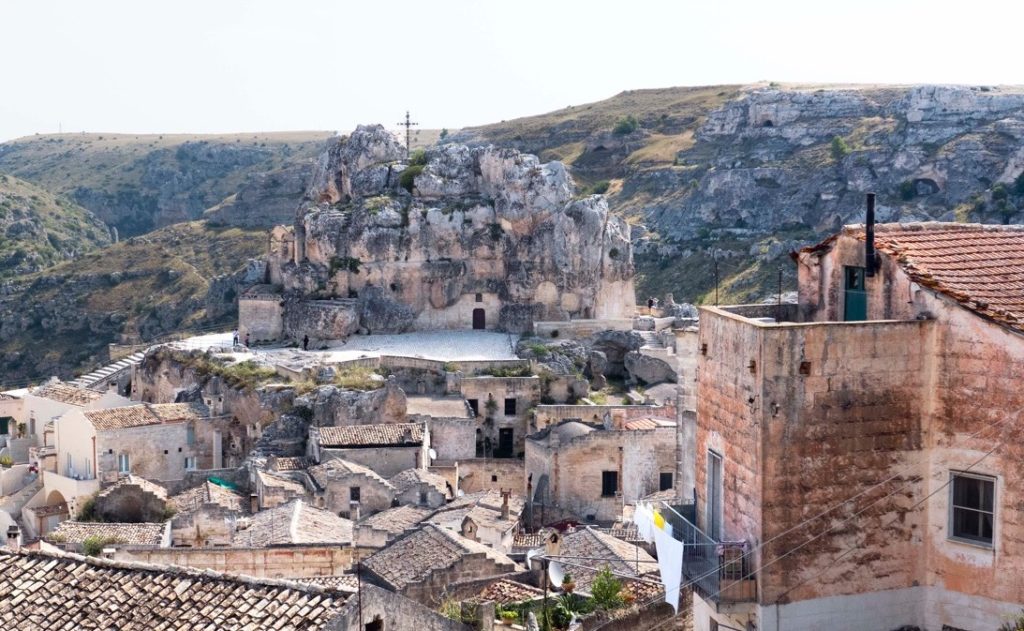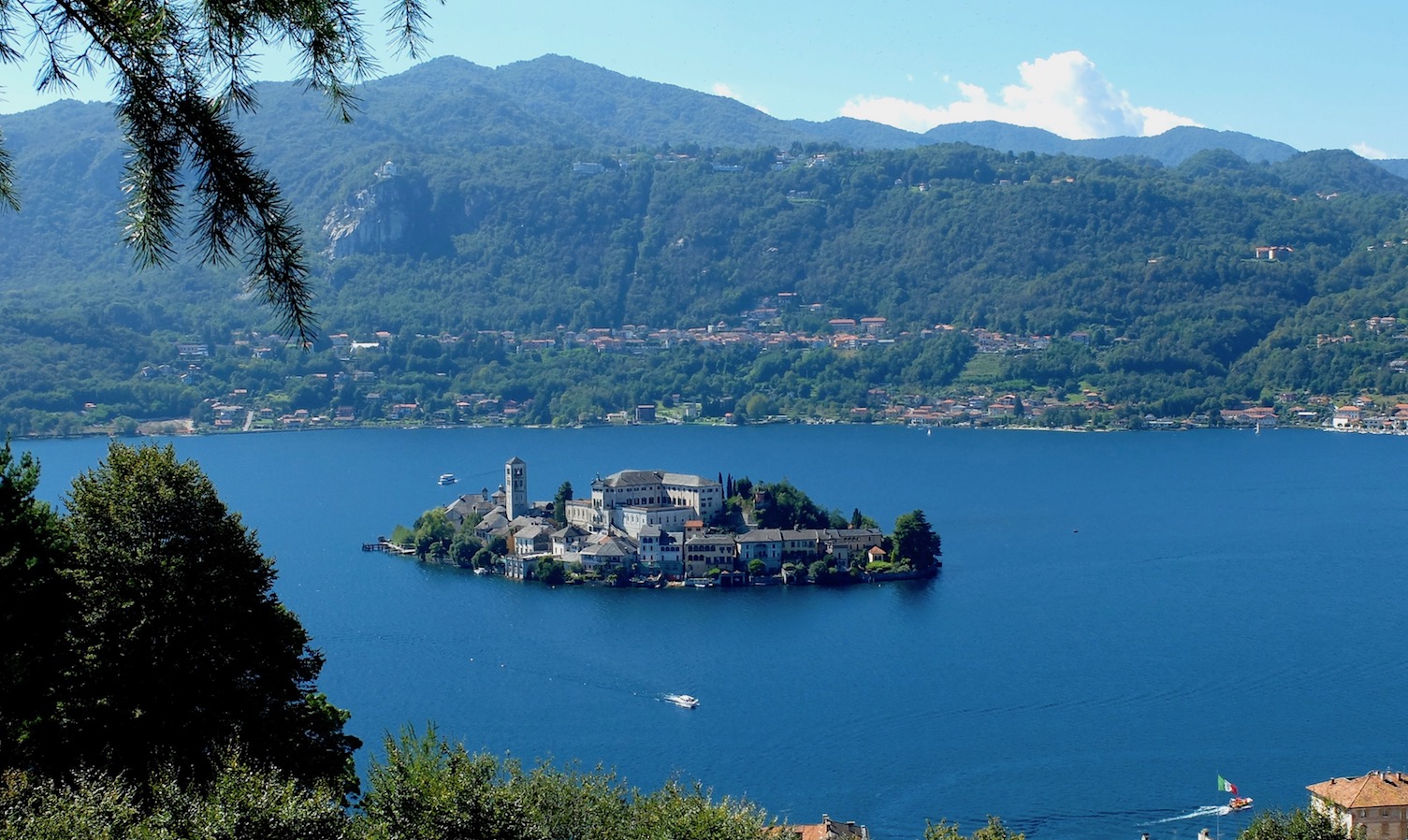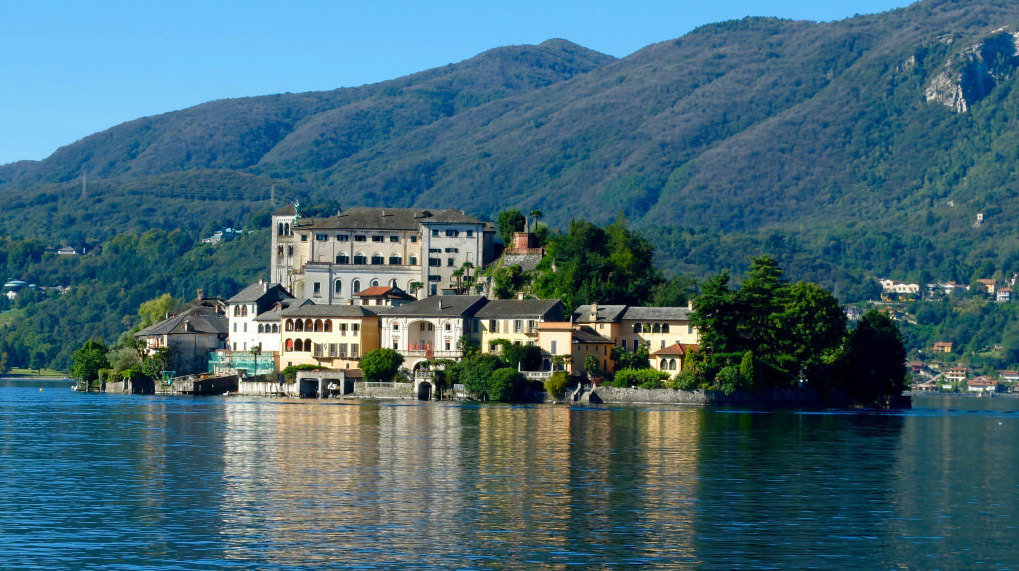14 Aug A POSTCARD FROM OTRANTO, PUGLIA
The walled port city of Otranto in Puglia is Italy’s most eastern town. On a clear day, if you gaze out from the city’s walls across the Adriatic, you can make out the coast of Albania and the mountain ranges of Mount Çika. Just as mesmerising is the view from Otranto’s walls of the crystal clear turquoise waters. The town’s outlook, its history, and charming nature make it well worth visiting.
Founded by the Messapians, the town has a history of occupation that includes the Greeks, the Romans and the Normans. One of its most colourful periods was in the 11th century when it became a leading Crusader port.
It is also remembered for a more macabre chapter when, in 1480, the Ottomans invaded and looted the citadel. Legend has it that they sacked the city, killing twelve thousand people, and then went on to massacre the eight hundred survivors who had sought refuge in the cathedral and refused to renounce their Christianity. Historians disagree on the story’s veracity, but it was good enough for the church. Pope Clementine XIV beatified the eight hundred martyrs in 1771, and they were canonised by Pope Francis in 2013.
The most fascinating aspect of the city is the cathedral, whose architecture reflects the 11th-century Norman influence as opposed to the Baroque architecture prevalent elsewhere in Puglia. The highlight is the medieval mosaic floor, one of Italy’s most mysterious and impressive mosaics.
A priest, Pantaleone, carried out the work in 1165, employing a ‘primitive’ style that art critics compare with the Bayeux Tapestry. Scholars continue to debate the significance and inspiration of its allegorical images, which include Adam and Eve, King Solomon, Alexander the Great and King Arthur.
The mosaic’s centrepiece represents three giant Trees of Life, a common motif in early Christian and Islamic art. Amongst the branches of the trees, you will see scriptural scenes, animals, symbols of the months and other fantastical images. It truly is quite remarkable!
The church also contains the macabre Chapel of the Martyrs, where eight hundred skulls are preserved and mounted on the walls.
Don’t miss Otranto on your journeys around the Salento region of Puglia! If you want to come with us, we will visit it on our Puglia – A Road Less Travelled Tour in May and September 2024.
